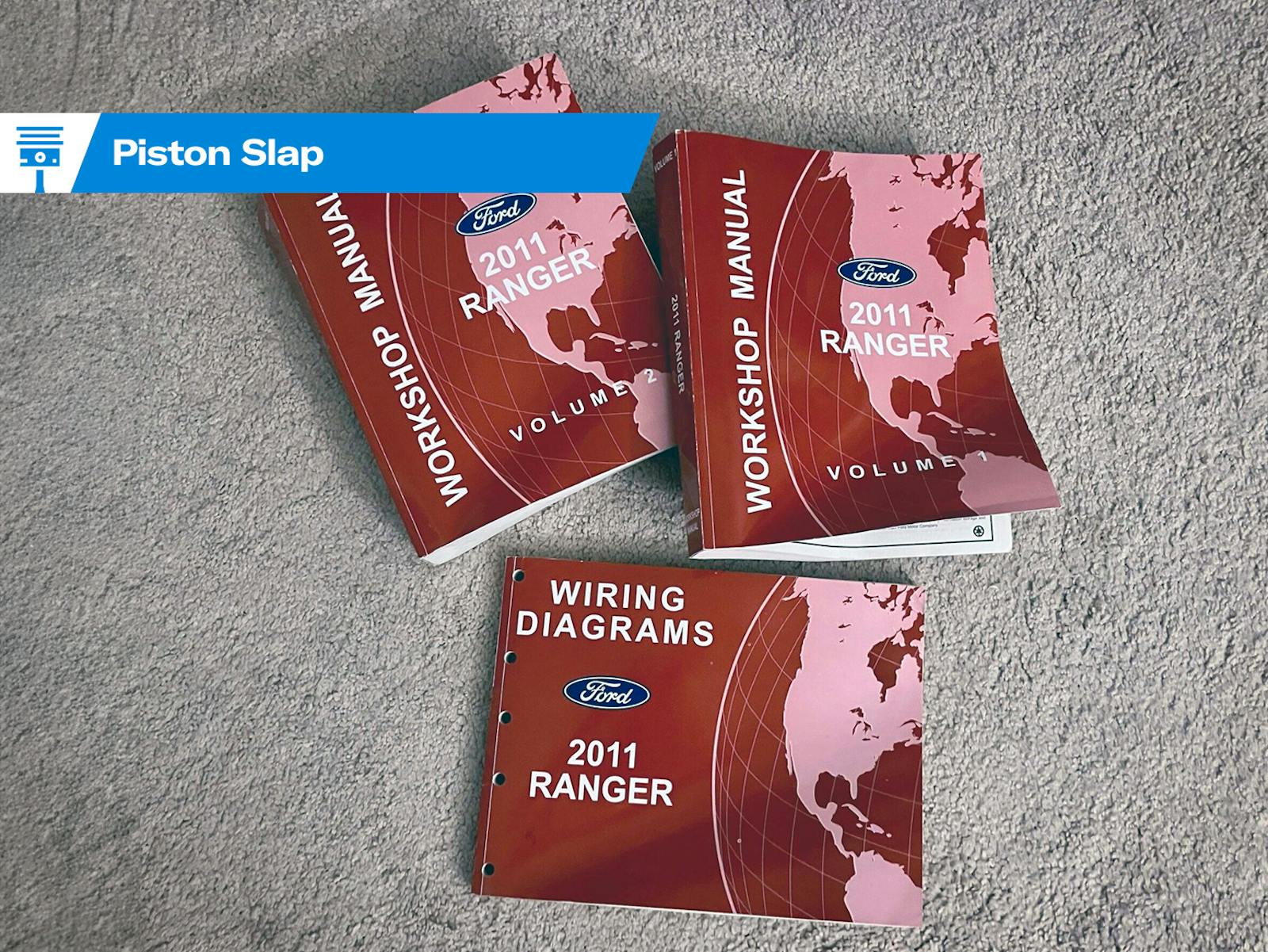Piston Slap: A necessary adjustment for a Mini that’s lashing out

Michael writes:
Hi Sajeev,
I have a 1990 Mini Mayfair 998. We’ve owned it since 2017 when we imported it from Japan. When we first got the car we ran through it and got it running fairly well. We’ve put approximately 5000 miles on it since we’ve got it. Over the last few months it has started running rough with some misfires. After checking the plugs, carb, and timing I’m suspecting that the valve clearances may need adjusting. My questions:
- What are the signs that a classic is in need of checking the valve clearances?
- Is there a rule of thumb for how frequently they should be adjusted?
- I had adjusted the valve clearances when we got the car, but any tips you would give folks who may be intimidated by this task?
Sajeev asks:
You are definitely on the right track with the misfire issue, but this does beg the question: Does your Mini have a stock valvetrain (camshaft, rockers, etc.) or has it been modified? Modified ones can be little different to adjust.
Michael replies:
Yes, it is a stock valvetrain as far as I know. The car is running an SU44 carb. I’m not sure what it came with originally, but I replaced the Weber that was on it when I got the car. The Weber sounded great, but I found it to be difficult to tune.
Sajeev answers:
If I recall correctly, the factory carb was indeed an SU, but that likely isn’t the reason for the misfire. I suspect the Mini does need a valve lash adjustment. So let’s get right to answering your questions:
- Generally speaking and no particular order, valve lash adjustment could be needed if you have: misfiring, loss of compression, overheating, poor fuel economy, and more obvious valvetrain issues like excessive noise or even failure of one (or several) valves.
- Assuming everything is indeed still stock, adjust the valves as per manufacturer specifications. While factory guidelines can lose relevance over the decades, it seems unlikely in this case: The A-series engine needs adjustment every 12,000 miles, for units made after 1976.
- Since I have never adjusted valve lash, my best advice is quite a modern notion: Seek intelligent people on YouTube to motivate you to do the job, and to do it right. And juuuust to prove my point …
And after watching that? Let me tell you, I’m ready to add a high=quality feeler gauge to my tool collection, pop off a BMC A-series valve cover, and adjust some valves! What say you?
Have a question you’d like answered on Piston Slap? Send your queries to pistonslap@hagerty.com, give us as much detail as possible so we can help! If you need an expedited resolution, make a post on the Hagerty Community!

